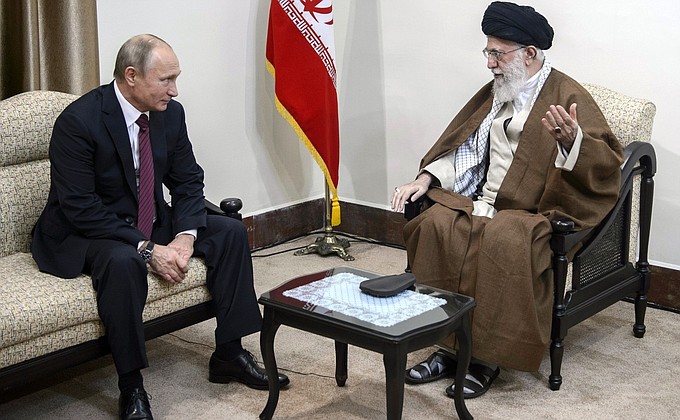Aleppo Falls to Extremist Forces: Challenges for U.S. and Allies
Published: October 2023 | By [Your Name]
Introduction
In a significant escalation of the ongoing Syrian conflict, extremist Islamist groups have captured much of Aleppo, Syria’s second-largest city, raising alarms about the future of U.S. policies in a region fraught with instability and violence. This recent development not only highlights the complexities of the Syrian civil war, which has persisted for over a decade, but also poses new challenges for regional and global powers, particularly the United States and its allies.
Implications of the Extremist Takeover
Jason Brodsky, policy director at United Against Nuclear Iran, expressed grave concerns about the rising influence of extremist factions in Syria. “There have been reports that these groups have seized control of the Syrian Scientific Studies and Research Center, which is linked to Assad’s chemical weapons program,” he informed Fox News Digital. The capture of this facility, coupled with the historical ties of these groups to organizations such as Al-Qaeda, poses serious threats to regional security, particularly for Israel.
In response to these developments, Israeli Prime Minister Benjamin Netanyahu convened a high-level meeting to reassess the situation in Syria and its potential impacts on Israel’s national security.
The Shadow of Chemical Weapons
The fallout from the fall of Aleppo brings the specter of chemical weapons back into focus. The seized facility is crucial to the Assad administration’s chemical warfare program, a subject of global concern since President Barack Obama’s controversial 2013 agreement with Assad to destroy Syria’s chemical arsenal. Over time, U.S. intelligence has suggested that Assad retained some portion of these weapons, using them against opposition forces and civilians alike.
Currently, approximately 900 U.S. troops remain in Syria. Their primary mission targets the remnants of the Islamic State (ISIS) while simultaneously acting as a counterbalance to Iran’s growing influence in the region.
Hayʼat Tahrir al-Sham (HTS) and the Shift in Power Dynamics
The extremist coalition Hayʼat Tahrir al-Sham (HTS) has emerged as a formidable force in capturing Aleppo. With direct links to Al-Qaeda, HTS has been classified as a foreign terrorist organization by the U.S. Brodsky highlighted that HTS aims to establish a governance model akin to that of the Taliban, indicating a potential for long-term threats to both U.S. and Israeli interests in the region.
This escalation is symbolic of the weakening of Iran-backed forces in Syria. Brodsky pointed out that Israeli military actions have been effective in degrading the operational capabilities of groups like Hezbollah and Iran’s Quds Force, significantly diminishing Assad’s ability to maintain control over key territories.
Regional Strategies and Foreign Influence
According to Phillip Smyth, a leading expert on Iranian proxies, the situation encapsulates the Assad regime’s dependence on external powers such as Iran and Russia. “Nearly every successful military operation by Assad’s forces since 2013 has relied on Iranian and Russian backing,” Smyth explained.
Yet, it is crucial to remember that while HTS represents a significant challenge, Assad’s regime itself poses a different type of threat. Smyth warned that the Syrian president has historically enabled groups like Hezbollah while also facilitating the movements of Sunni jihadist networks, thereby setting the stage for further instability.
Tensions with the Kurdish Forces
The Kurdish-led Syrian Democratic Forces (SDF), an ally of the U.S., still retain control over parts of Aleppo. Kurdish affairs expert Wladimir van Wilgenburg noted that some Kurdish neighborhoods remain under SDF control, alongside areas housing displaced communities. However, as HTS expands its influence, tensions between Kurdish forces and the extremist group are likely to escalate. “The increased power of HTS threatens YPG’s position in northern Aleppo,” van Wilgenburg stated.
Responses from Global Powers
Russia, which has been a steadfast supporter of Assad, has responded to the upheaval by reportedly launching airstrikes in Aleppo against both civilian populations and opposition fighters. This demonstrates Moscow’s commitment to countering Islamist rebel forces and maintaining its strategic foothold in the region.
In contrast, General Hossein Daghighi of the Islamic Revolutionary Guard Corps dismissed foreign interference in Syria as ineffective. He asserted, “Their interference in Syria will leave a permanent, unforgettable mark of failure,” warning that external powers would struggle to influence the outcome of the conflict.
